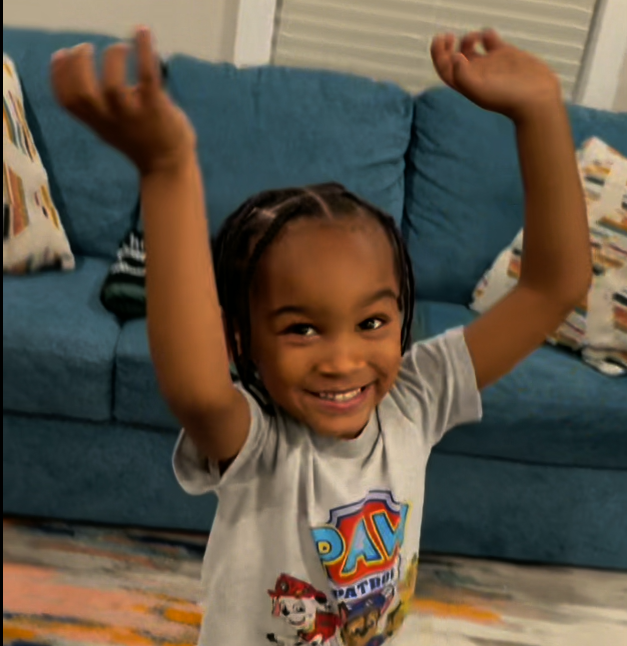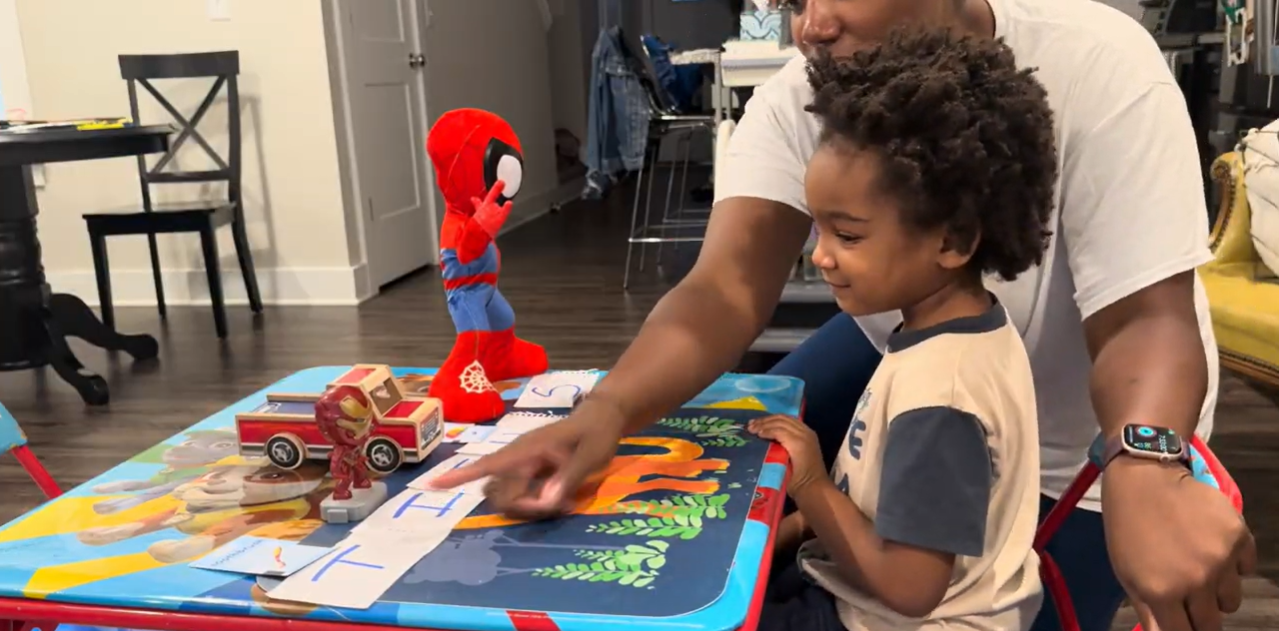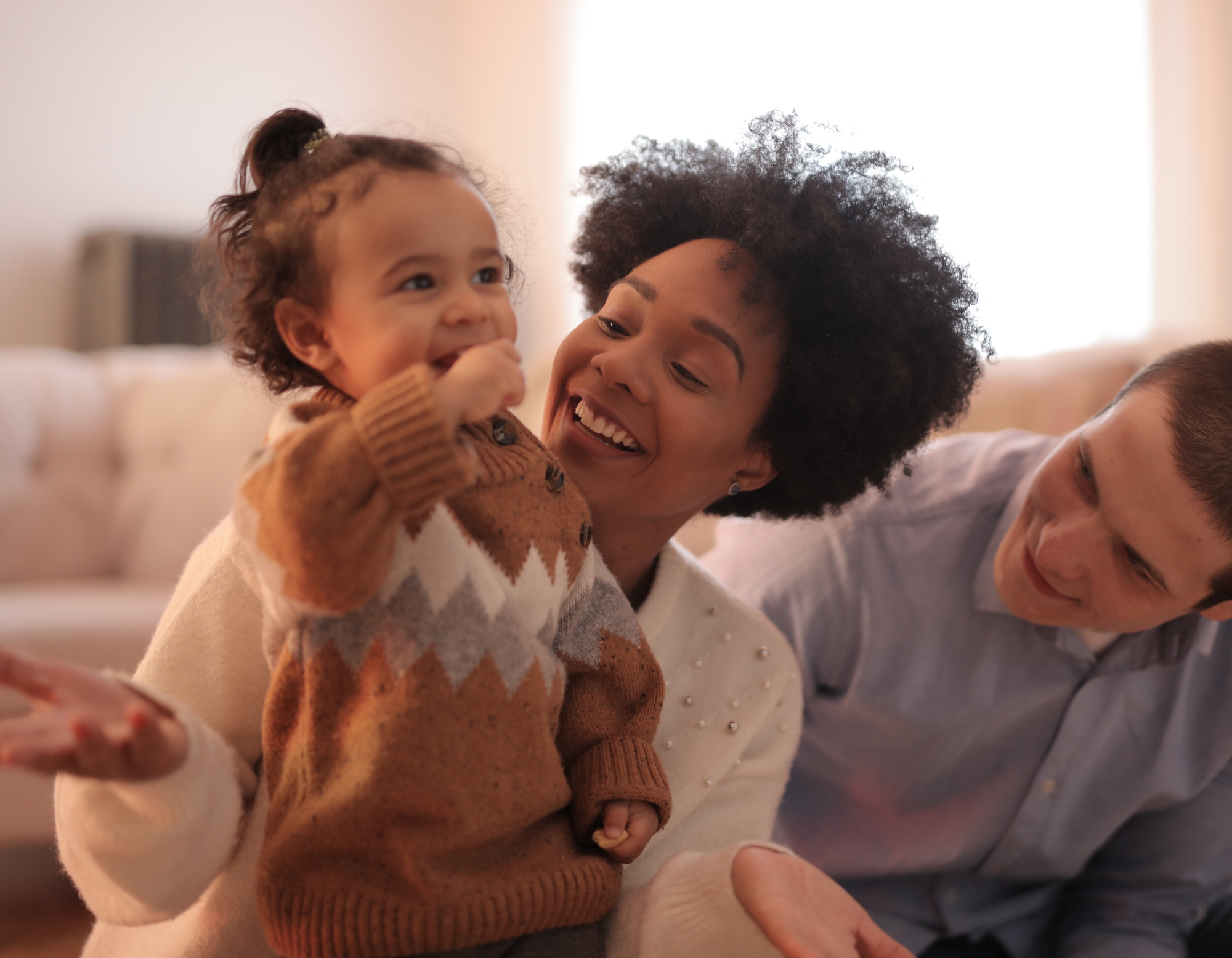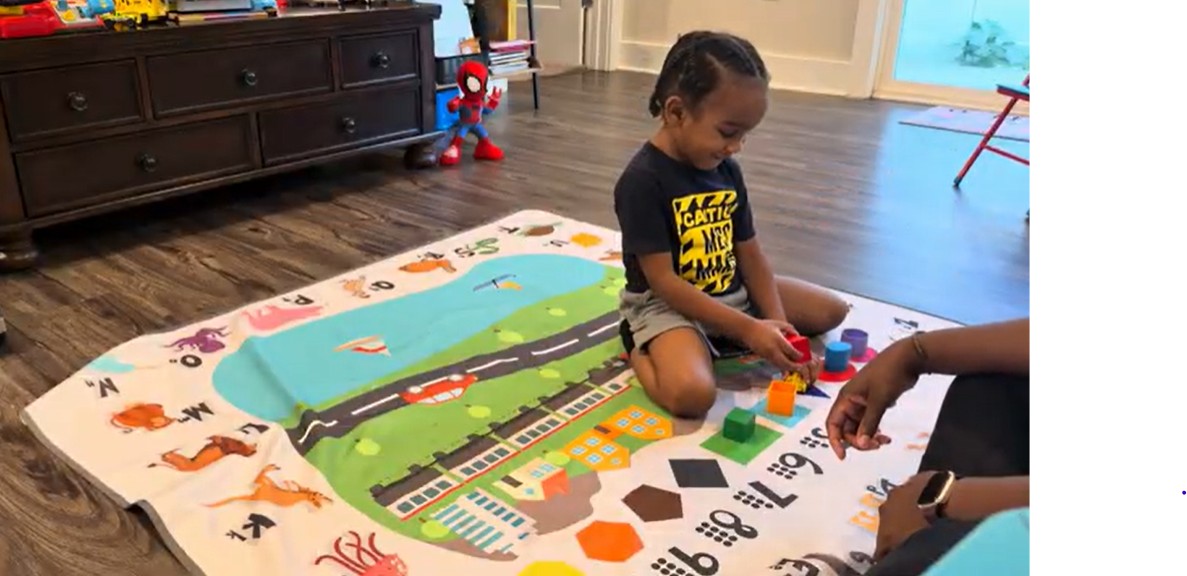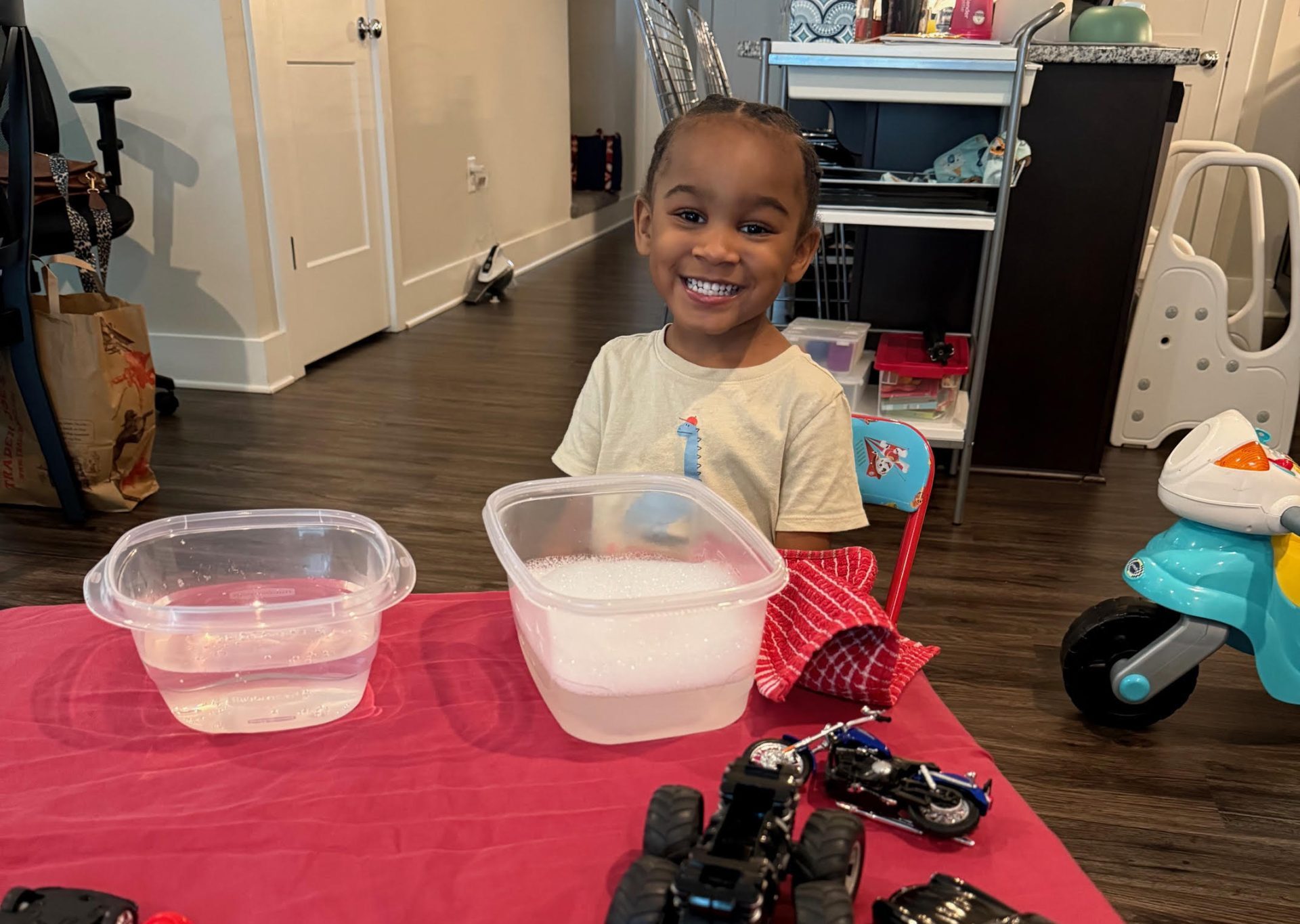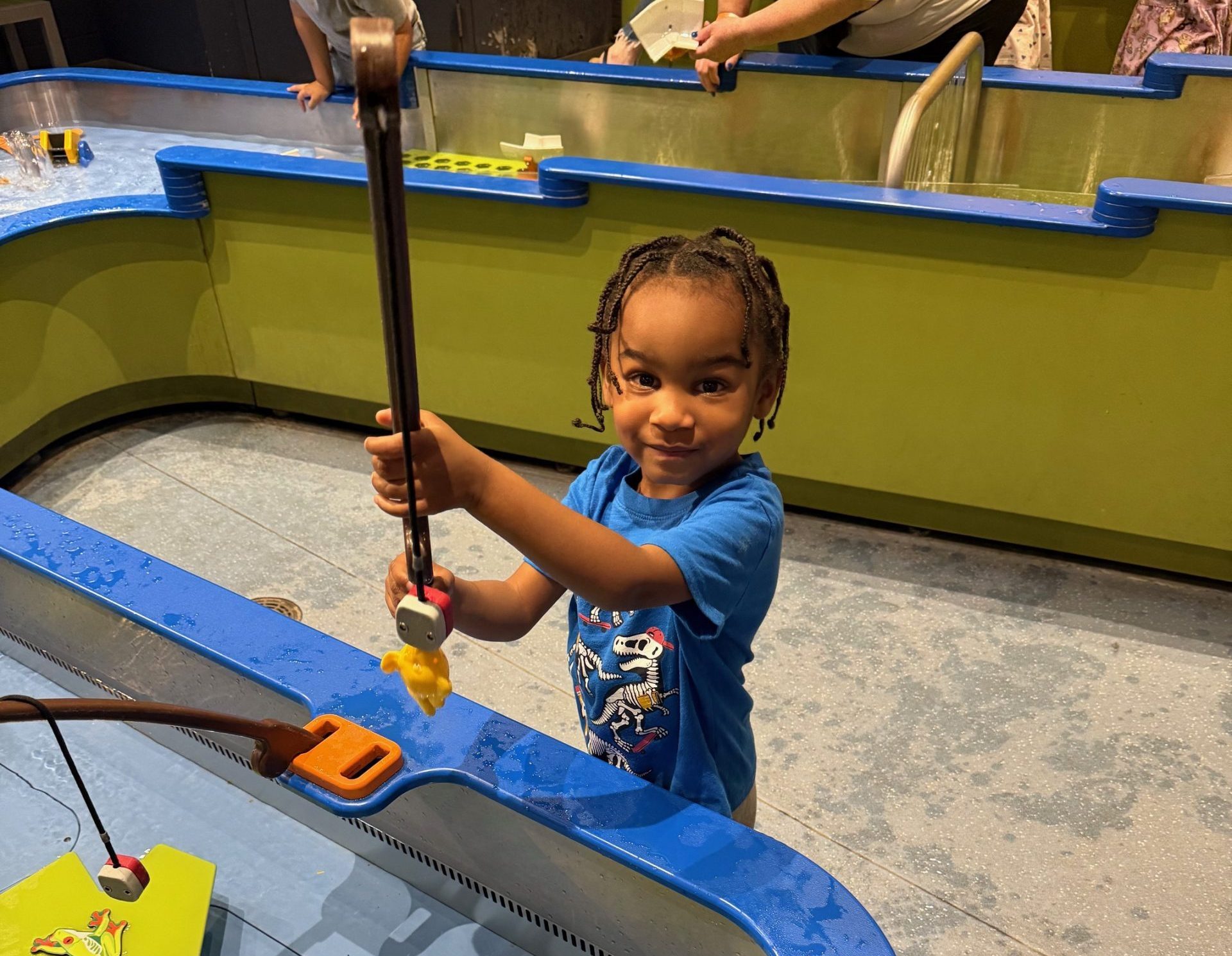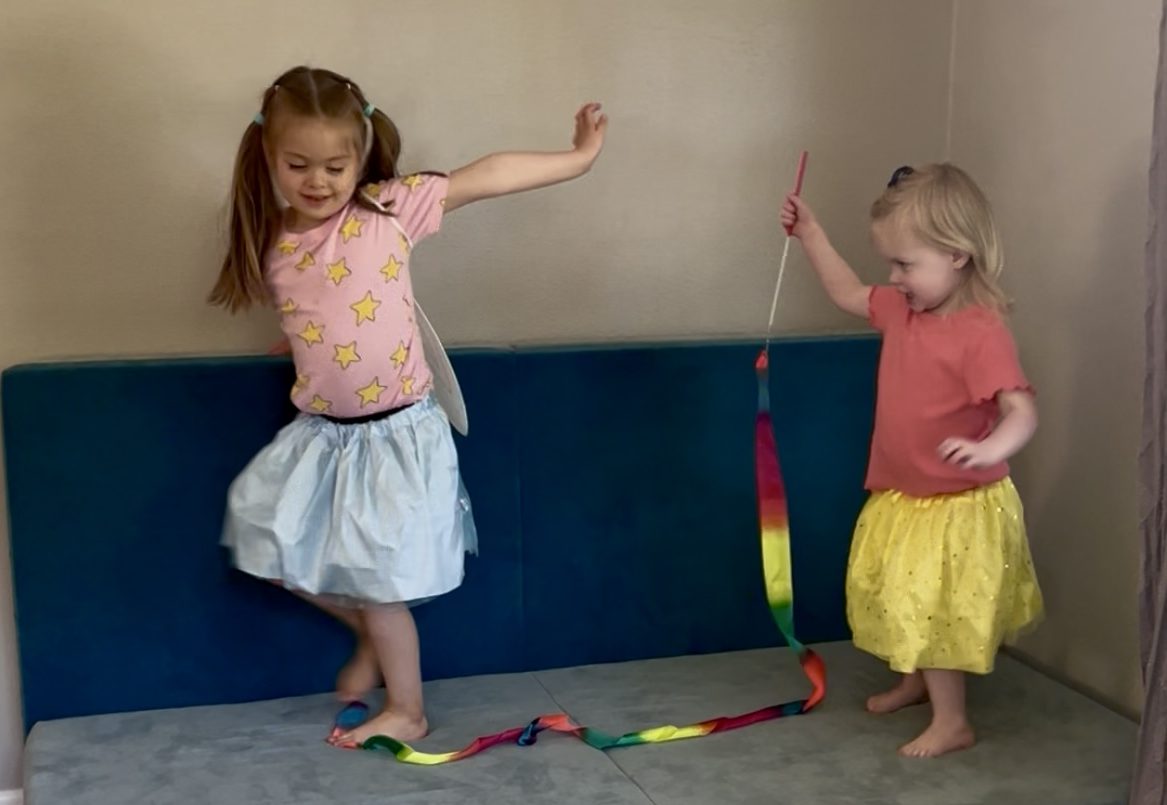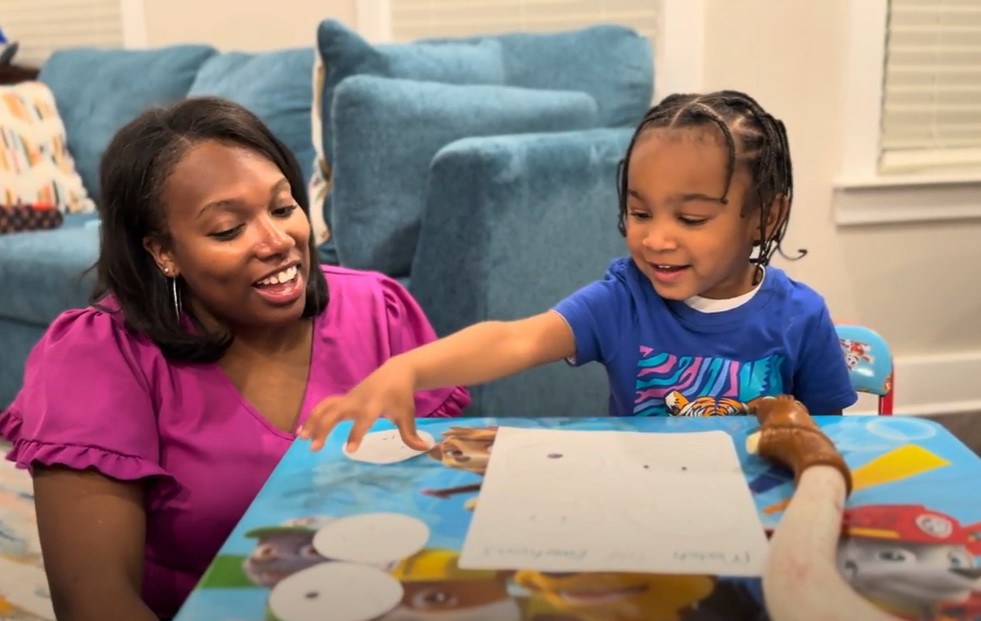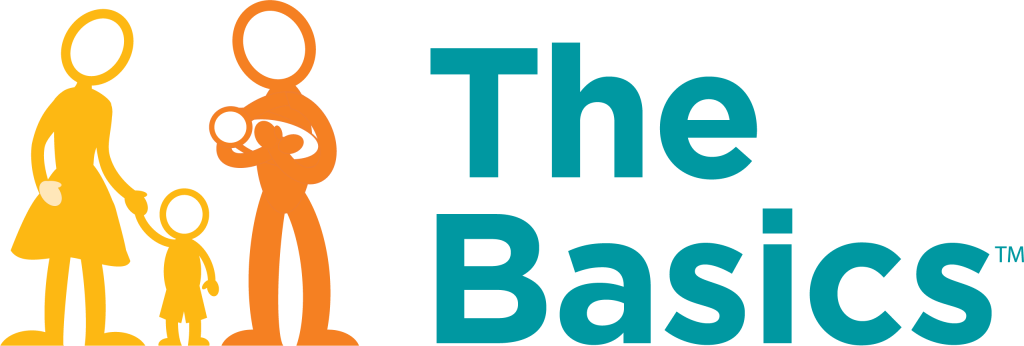WHEN IN DOUBT, DANCE IT OUT | One of the simplest ways we’ve put the Basic Manage Stress, Maximize Love into action is by dancing it out. When Titus’s energy starts to shift from playful and joyful to frustrated, we cue up a dance break and wiggle the negative energy away.
The Wiggle Song is our go-to. It’s got just the right mix of silliness, rhythm, and funny lyrics. Titus always takes the lead, and we follow his moves. With every clap, stomp, and shake, we can see his body relax and his mood reset.
These dance moments teach Titus that movement can calm big feelings. He’s learning body awareness, self-regulation, and connection. And we’re reminding him that love isn’t always quiet; it can be loud, joyful, and full of laughter too. When the music stops, a hug or high-five seals it that joy really does reset everything.
By Candace Martin

